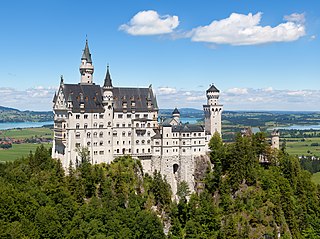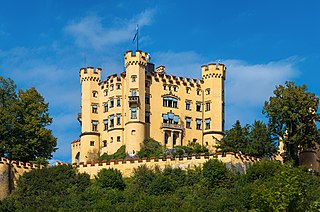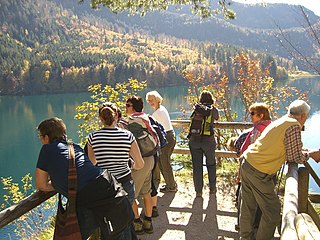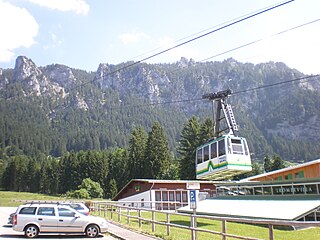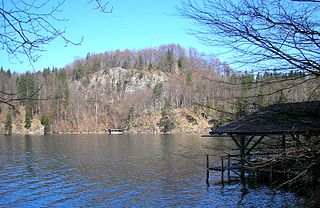7 Sights in Schwangau, Germany (with Map and Images)
Legend
Welcome to your journey through the most beautiful sights in Schwangau, Germany! Whether you want to discover the city's historical treasures or experience its modern highlights, you'll find everything your heart desires here. Be inspired by our selection and plan your unforgettable adventure in Schwangau. Dive into the diversity of this fascinating city and discover everything it has to offer.
1. Neuschwanstein Castle
Neuschwanstein Castle is a 19th-century historicist palace on a rugged hill of the foothills of the Alps in the very south of Germany. It is located in the Swabia region of Bavaria, in the municipality of Schwangau, above the incorporated village of Hohenschwangau, which is also the location of Hohenschwangau Castle. The closest larger town is Füssen. The castle stands above the narrow gorge of the Pöllat stream, east of the Alpsee and Schwansee lakes, close to the mouth of the Lech into Forggensee.
2. Römervilla
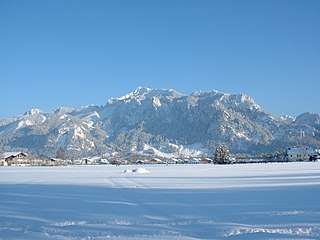
The Roman settlement of Tegelberg is an ancient settlement dating back to the 2nd century AD on the Tegelberg, not far from Neuschwanstein Castle near Schwangau in the district of Ostallgäu, Bavaria. As the most important ancient legacy, extensive remains of the former painting of the bath were recovered. The valuable frescoes of the Frigidarium (Kaltbad) have been restored and have since been an attraction in the Munich State Archaeological Collection.
3. Schloss Hohenschwangau
Hohenschwangau Castle is a 19th-century palace in southern Germany. It was built by King Maximilian II of Bavaria, and was the childhood residence of his son, King Ludwig II of Bavaria. It is located in the German village of Hohenschwangau near the town of Füssen, part of the county of Ostallgäu in southwestern Bavaria, Germany, very close to the border with Austria.
4. Pindarplatz
Pindarplatz is a viewpoint on a rocky outcrop on the Alpsee in the district of Ostallgäu, near Hohenschwangau Castle. It is about 30 m higher than the lake. From the Alpsee circular trail, it can be reached via a short cul-de-sac.
5. Queen Mary's Bridge
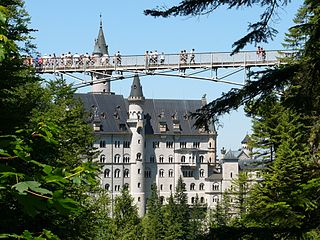
The Marienbrücke in the municipality of Schwangau bei Füssen is a bridge over the Pöllat Gorge immediately behind and directly visible from Neuschwanstein Castle. The bridge was named after Queen Marie.
6. Tegelbergbahn
The Tegelberg Cable Car, on the Tegelberg mountain near Schwangau in southern Bavaria. The cable car is 2,146.18 metres long, climbs a height of 892.5 metres, has a carrying cable of 48 mm in diameter and a hauling cable of 26 mm in diameter. It has two cabins each capable of transporting up to 44 persons. They are driven by a 2,540 KW engine. The cableway has a 38 metre high support pillar, made of reinforced concrete.
7. Burgstall Frauenstein
The high to late medieval Frauenstein castle stable is a defunct hilltop castle near the municipality of Schwangau on a rocky massif above the Alpsee in the district of Ostallgäu in Swabia. The small castle was demolished in the 15th century except for the remains of the foundations.
Share
How likely are you to recommend us?
Disclaimer Please be aware of your surroundings and do not enter private property. We are not liable for any damages that occur during the tours.
